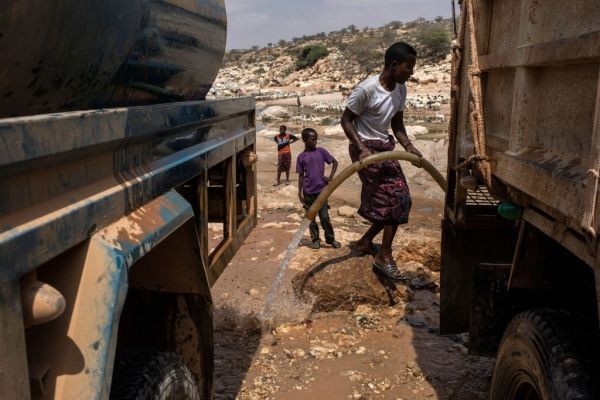The World Economic Forum lists water crises among the top 10 most likely and impactful global risks. Most water metrics to date have only focused on water quality or water availability at national and regional scales. There has been a critical gap, though, in the ability to identify which households experience issues with reliably accessing safe water in sufficient quantities for all household uses, from drinking and cooking to bathing and cleaning — until now.
Wendy Jepson, University Professor in the Department of Geography in the College of Geosciences at Texas A&M University, is part of a multi-disciplinary, international team of more than 40 researchers that has developed and published a new tool that can fill this data gap and provide actionable, policy-relevant information to address the global water crisis.
The 12-item Household Water Insecurity Experiences Scale (HWISE) quantifies experiences of household water insecurity in an equivalent way across low- and middle-income countries. Based on data from more than 8,000 households in 23 countries, the HWISE Scale measures the multiple components of water insecurity (adequacy, reliability, accessibility and safety) across disparate cultural and ecological settings. In addition, it only takes three to five minutes to ask the 12 simply phrased items.
Continue reading at Texas A&M University
Image via Getty Images


